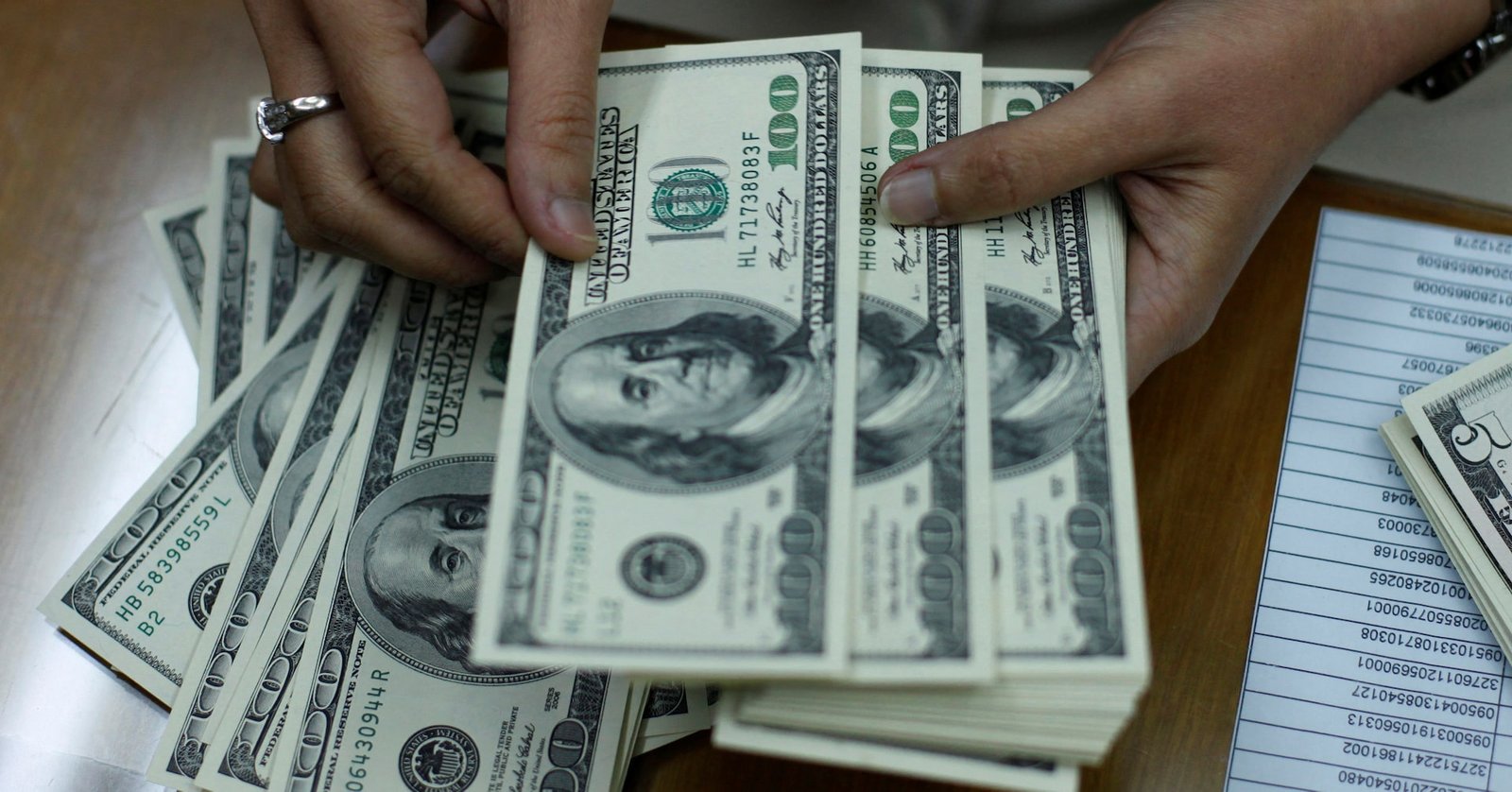or more than 80 years, the United States dollar has enjoyed unrivaled supremacy in world trade and finance, thanks to the US’ unique combination of economic scale, credible institutions, deep and liquid financial markets and geopolitical might, as well as, crucially, network effects. But a new variable is poised to reshape the global monetary order: data integrity.
As digital technologies increasingly act as the rails upon which money moves, through stablecoins, tokenized assets and central bank digital currencies, the resilience and credibility of currency networks increasingly hinge not only on macroeconomic fundamentals, but also on the technological strength and security of the relevant infrastructure. Of course, macroeconomic fundamentals still matter, and digital currencies raise some conventional macro challenges. In particular, by privatizing seigniorage and facilitating tax evasion, stablecoins could shrink countries’ fiscal revenues.
Moreover, if a stablecoin breaks its peg, say, because its liquidity buffers prove insufficient, its credibility could collapse, triggering a run. If the stablecoin’s interconnections with other assets is sufficiently dense, this may have systemic consequences. A disorderly run on US dollar stablecoins, privately issued digital tokens that are backed significantly by US Treasuries and can theoretically be exchanged one-for-one with dollars, could prove particularly disruptive. Opacity in reporting and auditing, and insufficient regulations in some jurisdictions, compound the risks.
But such “classic” credibility issues are just the beginning. The world could also face a new kind of “cyber” run, triggered by weaknesses in the technological infrastructure underpinning digital assets. Mitigating this risk will not be easy: as the National Institute of Standards and Technology of the US Department of Commerce warned in 2016, quantum computers may soon be able to break many of the public-key cryptosystems currently in use. In other words, infrastructure that appears robust today may turn out to be flimsy tomorrow.
The implications for the global monetary order are far-reaching. As the issuer of the dominant international currency, the US has long enjoyed an “exorbitant privilege,” which includes the ability to borrow at low interest rates even in times of economic stress and run persistently large trade deficits.
US President Donald Trump’s administration seems to be betting that the US will be able to retain this privilege, as the dollar’s existing global status translates into demand for US dollar stablecoins and, in turn, US Treasuries, thereby lowering the US Treasury’s financing costs.
Ultimately, America’s exorbitant privilege is based on trust in its institutions, legal frameworks and fiscal capacity. In a world where money circulates on programmable platforms, however, the credibility and integrity of the code, the quality of cryptographic standards and the resistance of systems to hacking are as important as any of these factors. This fundamentally changes the logic of monetary competition: if the technological gap is large enough, the currency that is best protected from cyber threats, not necessarily the one backed by the most powerful economy or the most credible central bank, becomes the most attractive.








